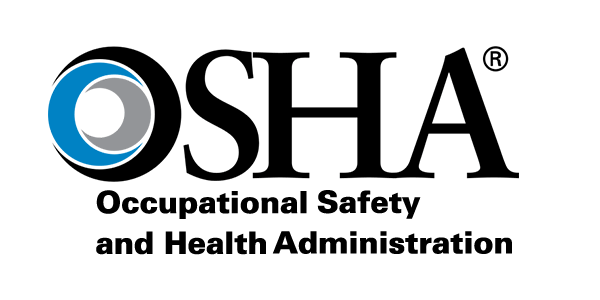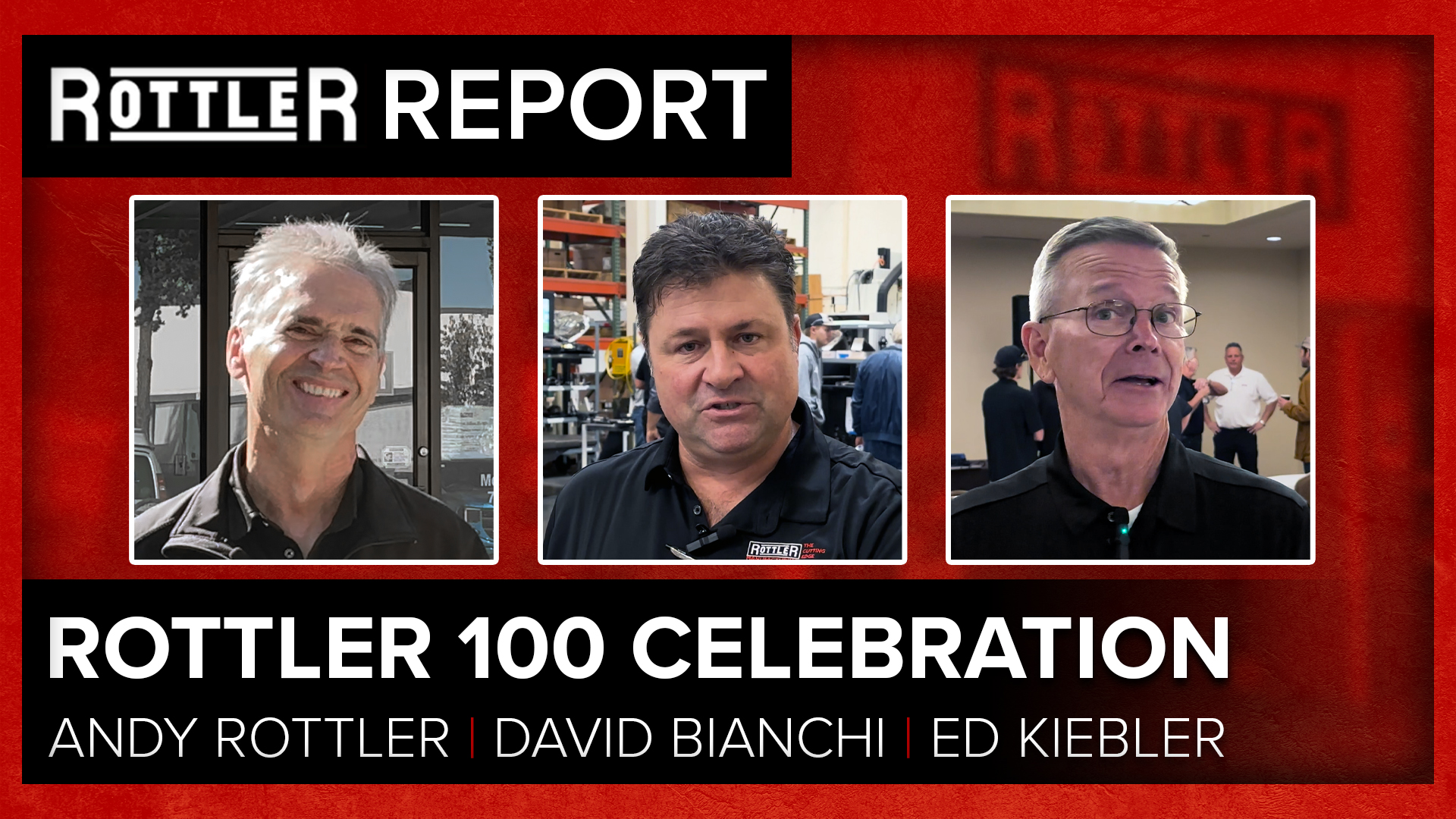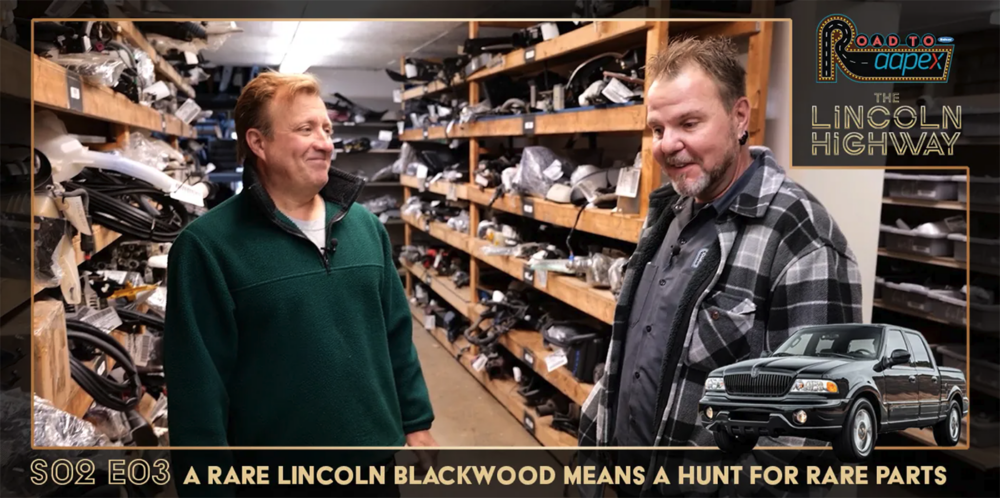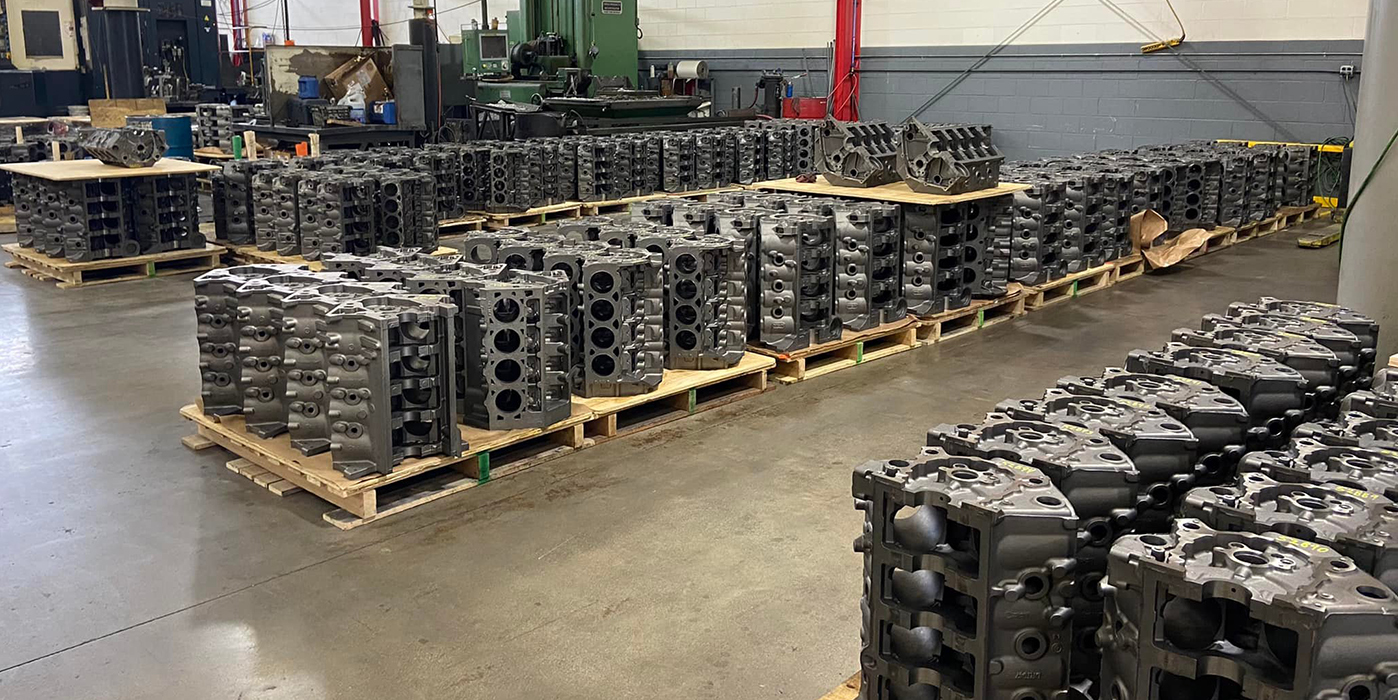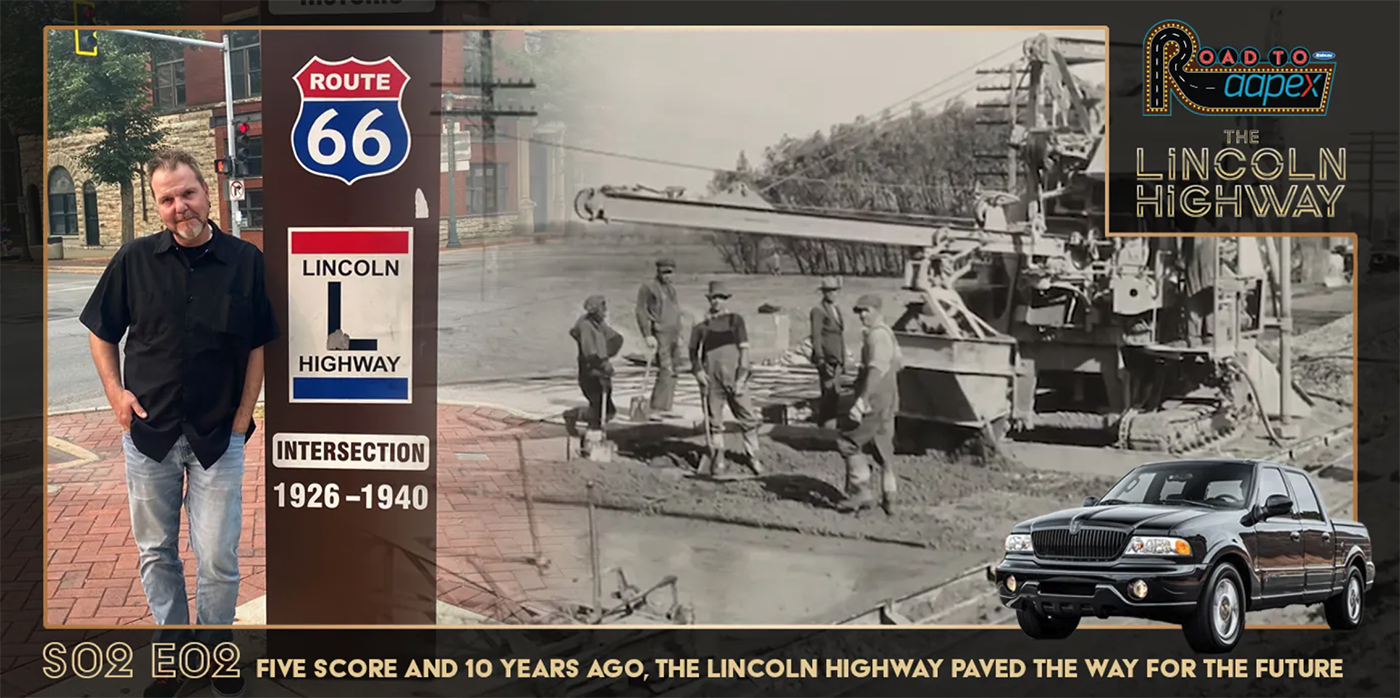1. What are some of the key things OSHA requires of engine shops and machine shops in terms of safety and regulations?
Employers are required to provide their workers with a workplace free of serious hazards. Employers must also follow OSHA (www.osha.gov) safety and health standards and they have a duty to find and fix safety and health problems. OSHA further requires that employers eliminate or reduce hazards by making feasible changes in working conditions rather than relying on personal protective equipment.
Two of the more common issues in engine and machine shops are a lack of machine guards and failing to implement lockout/tagout procedures. Employers need to ensure machines are properly safeguarded (www.osha.gov/sitc/machineguarding/index.html) to prevent worker amputations and other injuries. In addition, employers must develop procedures to control hazardous energy during servicing and maintenance activities. If safeguards must be removed to repair machines or provide routine maintenance, lockout/tagout (www.osha.gov/sitc/controlhazardousenergy/index.html) procedures must be implemented to prevent sudden machine start-up or unintentional operation.
A full list of standards cited in fiscal year 2016 by federal OSHA for machine shops is accessible at https://www.osha.gov/pls/imis/citedstandard.naics?p_esize=&p_state=FEFederal&p_naics=332710.
2. What are the most common things engine shops and machine shops don’t do that can get them in trouble?
Based on the standards cited, some of the more common citations issued in this field are for exposing workers to amputations by failing to use machine guarding; caught-in, crushing, struck-by and electrical hazards from machinery; and failing to implement lockout/tagout procedures. Other hazards that can endanger worker safety include exposure to chemical and toxic substances and diesel exhaust; dangers from welding, cutting and brazing; and not providing personal protective equipment.
3. What is most commonly found when OSHA makes visits to these places?
Though not comprehensive, some violations found during inspections include failing to lockout machines; not providing machine guards; and not offering eye and face protection. Employers who fail to protect workers from hazards common in machine shops can be cited and fined.
4. Why will OSHA make a visit? Is it announced or unannounced?
OSHA has limited resources so must be strategic about its inspections. The agency’s enforcement program targets the most dangerous workplaces, where workers are most likely to be hurt on the job. Inspections are based on reports of fatalities or severe injuries, complaints, referrals, and follow-up inspections. The agency also conducts planned or programmed inspections to address hazards or industries that pose a particular risk to workers. Unprogrammed inspections are conducted without advance notice. Visit www.osha.gov/oshdoc/general_data_facts/factsheet-inspections.pdf.
5. What does a shop have to do once they’ve been flagged for violating a safety standard? Are there penalties?
When an inspector finds serious hazards or violations of OSHA standards, the agency will issue citations and fines to ensure abatement of workplace hazards. An employer who has been cited can either: (1) agree to the citation and penalty, correct the hazardous condition by the date set in the citation, and pay the penalty if one is proposed; or (2) contest the citation, penalty and/or abatement date in writing within 15 working days from the date the citation was received. Read the Employer Rights and Responsibilities Following a Federal OSHA Inspection booklet for more information (www.osha.gov/publications/osha3000.pdf).
6. What are simple ways for shops to follow better safety standards that meet OSHA regulations?
Employers should consider creating a safety and health program (www.osha.gov/shpguidelines/) that encourages finding and fixing hazards before they cause harm. Safety and health programs can help businesses prevent workplace injuries and illnesses, improve compliance with laws and regulations, reduce costs, including significant reductions in workers’ compensation premiums, and increase productivity and enhance overall business operations.
To enhance a safety and health program, OSHA offers free and confidential on-site consultation services (www.osha.gov/dcsp/smallbusiness/consult.html) to small business owners who want to comply with health and safety regulations. This free safety and health consultation program is completely separate from OSHA enforcement and consultants work with employers to identify workplace hazards and provide advice on compliance with OSHA standards.

